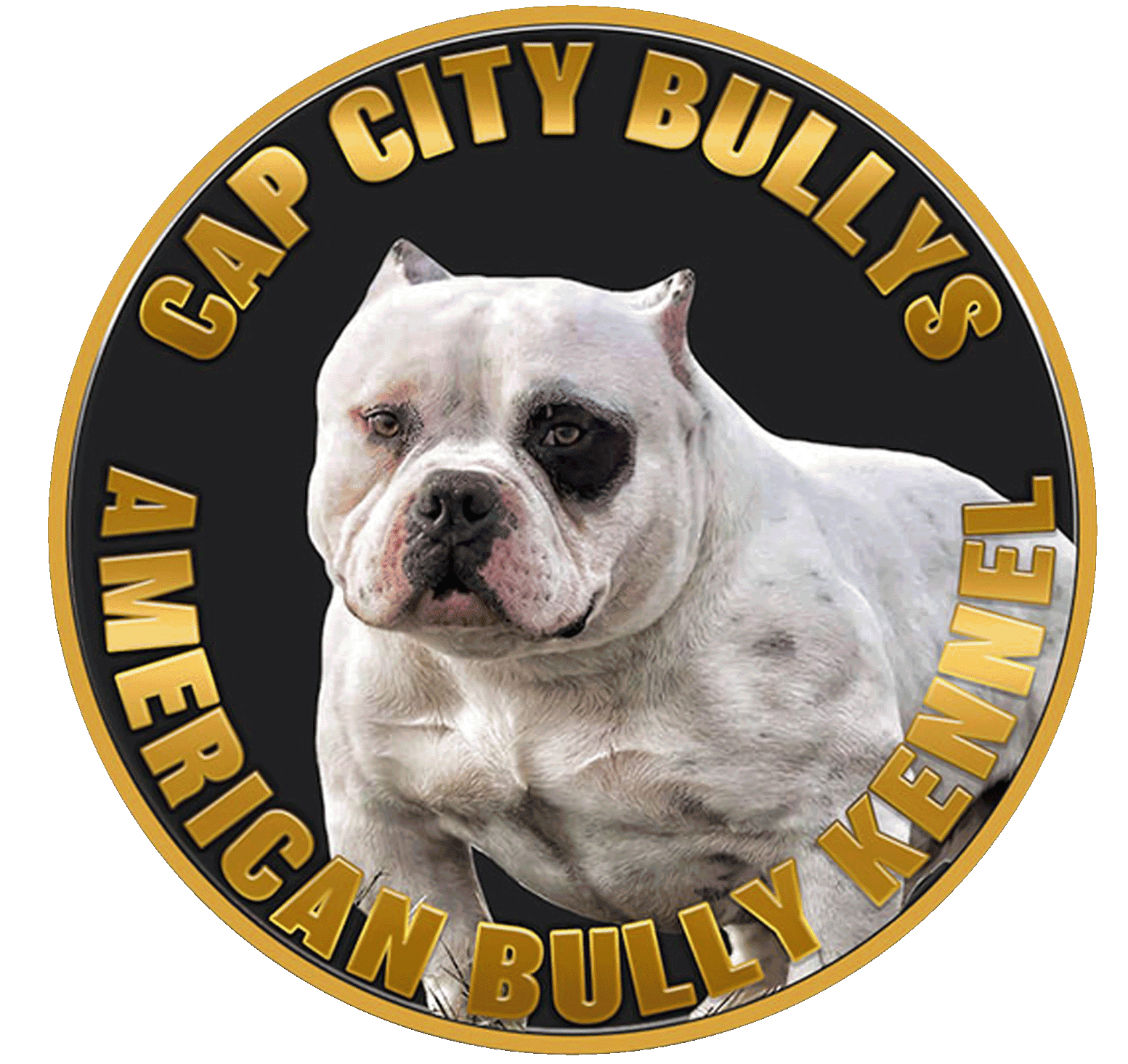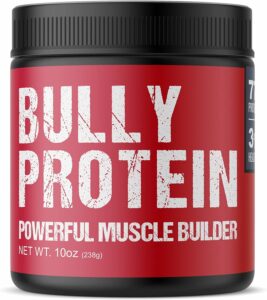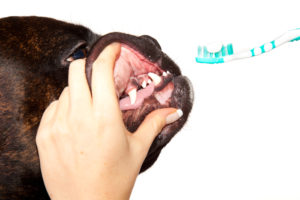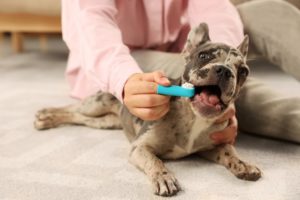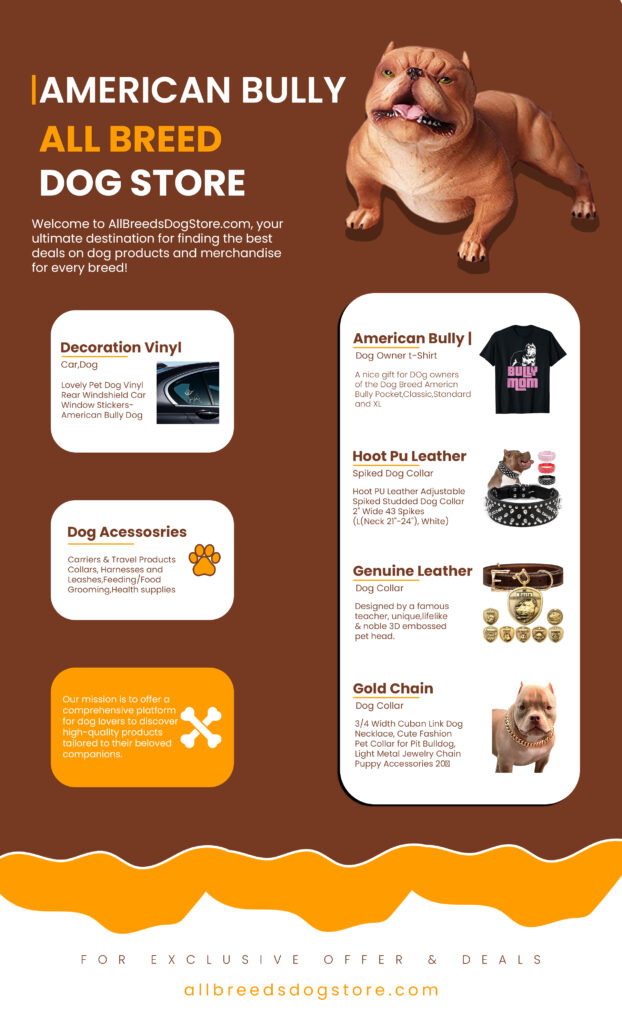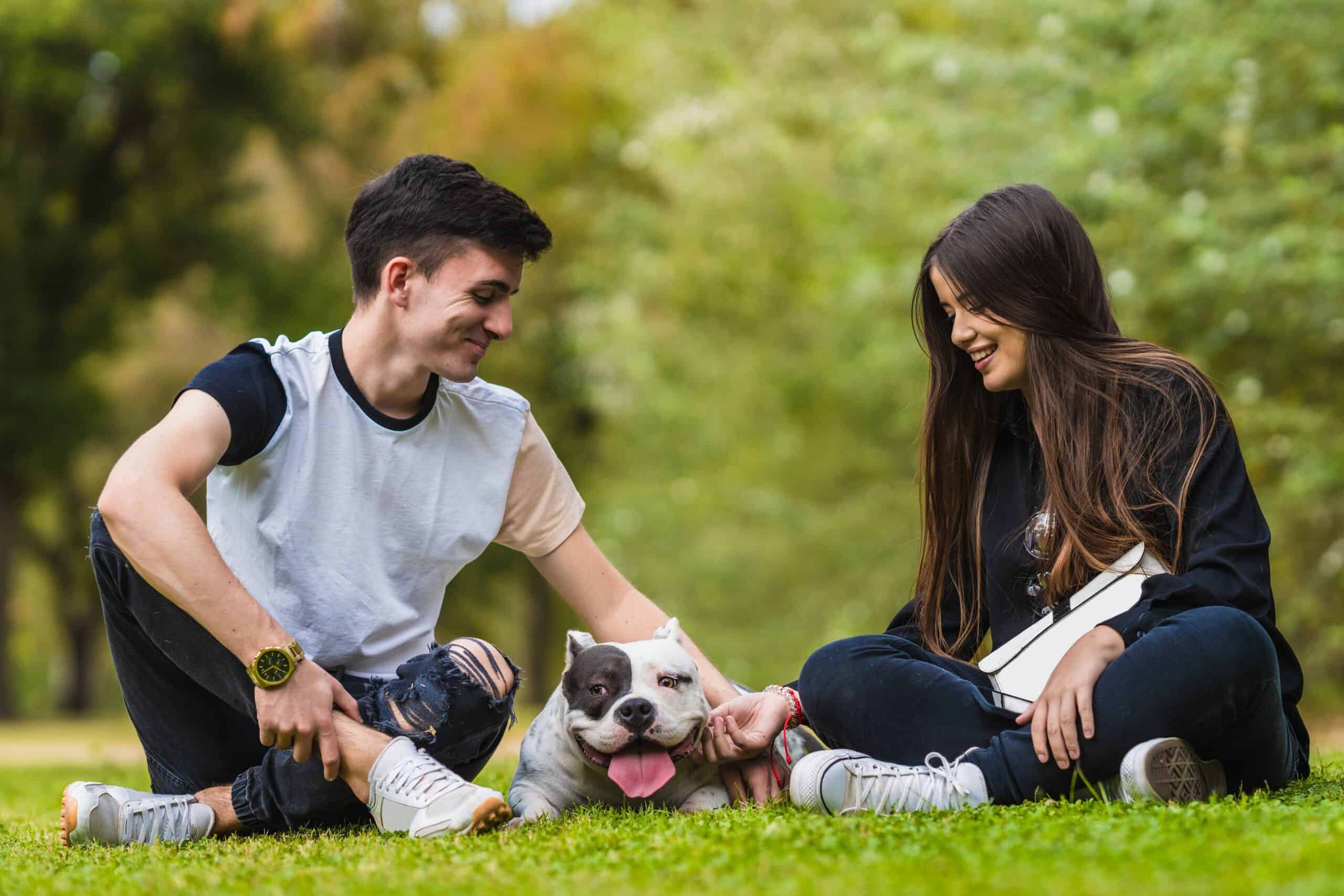Raising a healthy American Bully requires a commitment to providing the best care, nutrition, and training for your furry friend. Known for their muscular build and friendly disposition, American Bullies are a popular breed that thrives in a loving environment with proper guidance. In this comprehensive guide, we will cover everything you need to know to ensure your American Bully lives a long, healthy, and happy life.
## Understanding the American Bully Breed
American Bullies are a relatively new breed that emerged in the 1990s. They were developed by crossing the American Pit Bull Terrier with various Bulldog breeds to create a dog that embodies strength, loyalty, and a gentle temperament. These dogs are known for their muscular physique, broad chest, and well-defined jaws.
### Key Traits of American Bullies
– **Size and Weight:** American Bullies come in various sizes, including Pocket, Standard, Classic, and XL. They typically weigh between 30 to 150 pounds, depending on the category.
– **Temperament:** Despite their tough appearance, American Bullies are known for their affectionate and friendly nature. They are great with children and other pets, making them excellent family dogs.
– **Lifespan:** With proper care, American Bullies can live between 10 to 14 years.
## Nutrition for a Healthy American Bully
Proper nutrition is crucial for the growth and development of your American Bully. A balanced diet rich in protein, fats, and essential vitamins and minerals will keep your dog healthy and energetic.
### Recommended Diet
1. **High-Quality Protein:** American Bullies require a diet high in protein to support muscle growth and maintenance. Opt for dog foods that list real meat as the first ingredient.
2. **Healthy Fats:** Fats are an essential energy source and help maintain healthy skin and coat. Look for foods with omega-3 and omega-6 fatty acids.
3. **Vitamins and Minerals:** Ensure your dog gets a well-rounded diet with all the necessary vitamins and minerals. Supplements can be beneficial, especially if your dog has specific dietary needs.
### Essential Supplements
To further support your American Bully’s health, consider incorporating these high-quality supplements into their diet:
– **Bully Max 2-in-1 Puppy Soft Chews for Immunity & Growth:** These chews are perfect for puppies, providing essential vitamins for health and immune support. They are suitable for all breeds, including small and large breed puppies.
– **Bully Max 7-in-1 Total Health & Immunity Dog Multivitamin Powder:** This supplement is ideal for both puppies and adult dogs. It includes omega-3 vitamins to support the immune system, heart, joint, and digestive health.
– **Bulk UP Your Pit Bull | Real Meat Protein Muscle Bulker:** This pure protein powder is excellent for building muscle and maintaining a healthy weight. It’s perfect for daily use to ensure your dog gets enough protein in their diet.
## Exercise and Training
Regular exercise and training are vital for the overall well-being of your American Bully. These dogs are active and enjoy engaging in physical activities.
### Exercise
American Bullies need daily exercise to stay healthy and happy. Aim for at least an hour of physical activity each day. This can include walks, playtime, and structured exercises like agility training.
One excellent product to enhance your dog’s workout is the **XDOG Weight Vest Harness for Dogs**. This harness helps build muscle, improve performance, and enhance endurance. It also provides warming, cooling, and weighted compression, supporting mental health and overall wellness.
### Training
Training should start early and be consistent. American Bullies are intelligent and eager to please, making them relatively easy to train with the right approach.
– **Socialization:** Expose your puppy to different environments, people, and other animals to develop a well-rounded temperament.
– **Basic Commands:** Teach your dog basic commands like sit, stay, come, and heel. Positive reinforcement techniques work best with this breed.
– **Behavioral Training:** Address any behavioral issues promptly. Consistent training and reinforcement will help mold your Bully into a well-behaved companion.
## Health Care and Regular Check-Ups
Routine veterinary care is essential for maintaining your American Bully’s health. Regular check-ups will help detect and prevent potential health issues early on.
### Common Health Concerns
– **Hip Dysplasia:** This genetic condition affects the hip joints and can lead to arthritis. Regular exercise and maintaining a healthy weight can help manage this condition.
– **Skin Allergies:** American Bullies are prone to skin allergies. A healthy diet and regular grooming can minimize the risk.
– **Heart Conditions:** Regular veterinary check-ups can help monitor and manage any heart-related issues.
## Grooming Your American Bully
Maintaining your American Bully’s coat and overall hygiene is straightforward, thanks to their short coat.
### Grooming Tips
– **Brushing:** Brush your dog’s coat weekly to remove loose hair and keep their skin healthy.
– **Bathing:** Bathe your Bully as needed, typically once a month, to keep their coat clean and shiny.
– **Nail Trimming:** Regularly trim your dog’s nails to prevent overgrowth and discomfort.
– **Ear Cleaning:** Check and clean your dog’s ears regularly to prevent infections.
Essential Products for Your American Bully
To provide the best care for your American Bully, consider shopping at the **All Breeds Dog Store**, which specializes in products for American Bully needs. Here, you can find a variety of items tailored to the unique requirements of your Bully.
Conclusion
Raising a healthy American Bully involves a combination of proper nutrition, regular exercise, consistent training, and routine health care. By following the tips and recommendations in this guide, you can ensure your American Bully lives a long, happy, and healthy life.
Remember to provide a balanced diet with high-quality supplements like
**Bully Max 2-in-1 Puppy Soft Chews**
**Bully Max 7-in-1 Total Health**
& Immunity Dog Multivitamin Powder**, and
**Bulk UP Your Bully w/Protein Powder**
Enhance their exercise routine with the **XDOG Weight Vest Harness**
